At the Money: Tax Management for Investors
At The Money: Tax Management for Investors with Bill Artzerounian, RWM (December 31, 2025)
There is still time to make some smart moves to reduce your 2025 taxes. You have to be proactive to take advantage of the latest changes in the One Big Beautiful Bill Act. But you better hurry – there is less than three weeks left in the year!
Full transcript below.
~~~
About this week’s guest:
Bill Artzerounian is Director of Tax Services at Ritholtz Wealth Management, where he focuses on the specific steps investors can take to better manage their taxes.
For more info, see:
~~~
Find all of the previous At the Money episodes here, and in the MiB feed on Apple Podcasts, YouTube, Spotify, and Bloomberg. And find the entire musical playlist of all the songs I have used on At the Money on Spotify
TRANSCRIPT:
Intro: Let me tell you how it will be
There’s one for you, nineteen for me
‘Cause I’m the taxman
Barry Ritholtz: It’s never too early to be thinking about taxes. April is only a few months away, but you have questions and we have answers. Let’s discuss how you can reduce or defer your taxes over the long haul.
I’m Barry Ritholtz, and on today’s edition of At The Money, we’re gonna discuss important issues for all investors about understanding how to lower their tax bill.
To help us unpack all of this and what it means for your money. Let’s bring in Bill Erian full disclosure. Bill is a director of tax services at Ritholtz Wealth Management, where I also happen to coincidentally work and have my name on the door.
Let’s start with the basics. Where does tax management sit in the hierarchy of priorities for, for investors. How does this look relative to things like asset allocation or security selection or even asset location and their own behavior?
Bill Artzerounian: Thanks for having me back, Barry. I’m biased. I’m a CPA, I run the tax practice here. I think about taxes all day.
But I’m a proponent of controlling what you can control. We can’t control the market. Asset allocation gives us. You know, we can run back tests, we can look at historical data. That’s very useful. Even security selection, that’s, you know, individual stocks are more volatile than say, uh, an index fund.
But taxes, we have a set of rules and we can, we can, we can define our behavior based on those rules, at least in the short term. We don’t know what tax law will look like 20 years from now. We have a set of rules for the foreseeable future. We have to act within those rules, but it gives us guidelines, and that’s where we can actually make a difference, because we don’t know what the market’s gonna do tomorrow, next week, next month, next year. but we do know what the tax code will look like, at least until probably 2028.
Barry Ritholtz: Let’s talk about tax aware portfolios. What are the core issues that investors can pull the right levers on? What moves the needle the most?
Bill Artzerounian: At it’s very basics. We have different buckets of tax assets. We have pre-tax money, like a traditional 401k. We have after-tax money, which is, say a brokerage account. And then we have tax-free money, which is your, which is your Roth account.
Asset location can be huge and we’re big fans of. Asset diversification and clients come to u well versedin asset diversification, but not necessarily tax diversification.
Tax diversification to me means you have different levels of assets in each of these buckets, and that gives you a lot of flexibility when you need it. A lot of times this comes up in retirement. We have folks come to us and they stocked away money in a 401k their whole career. They have a couple million bucks. They feel great about it. And then we have to break the news like, “Hey, you’re gonna pay tax on every single dollar here, and there’s no flexibility in their plan.”
Every dollar that they distribute, every dollar that they need for the rest of their lives is going to be taxable. Whereas if you plan ahead and you can diversify those different buckets of tax money, that’s where that’s where you provide a lot of flexibility for yourself in the future.
Barry Ritholtz: Let’s talk about planning ahead and, and perhaps the thing that I find most fascinating, and I’ve been reading the most about, and I still feel like I don’t have a solid handle on it, is the Mega-Roth Backdoor conversion. Tell us what that is. What are the advantages of it? How do you make sure you’re doing that both correctly and legally according to the IRS?
Bill Artzerounian: Call it Super Roth. We can call it Mega Roth. It’s just a juiced up Roth option. In your employer retirement plan, let’s just use. Let’s just use 401Ks as an example. There are other employer retirement vehicles, but let’s use 401Ks.
The limit in 2025 for total 401k contributions is $70 grand. Now that can be employee, myself, contributing to a raw, uh, to contributing to a 401k, or that can come from the employer. Normally for a lot of plans, it’s a combination of the two.
Let’s say I’m 50 years old, I’m contributing $30K to my pre-tax, 401k in 2025. Next year, that’s gonna change slightly. We talked about that last time, but then my employer’s gonna kick in, let’s say 10 grand. That’s their match. So total we’re at 40 K, the remaining 30. If the, if the 401k plan allows it, that remaining 30 — 70k maximum minus 40k already contributed — that can be made on an after-tax basis. And then you have money that’s already been taxed in the 401k you convert that to Roth.
So now we have, we have 40K that went in pre-tax between employer and employee, and then we have 30 K that’s now in a tax free Roth bucket. So we started our discussion talking about tax diversification. This is a great way to do it. Now you have pre-tax money growing and you have tax free money growing.
And again, that’s gonna give you a ton of flexibility down the line. And even inside of those plans, you might want to structure the Roth money a little bit more aggressively because you know Roth money, imperfect financial theory is gonna be the last money you touch. So you might wanna be more aggressive in the Roth. If you have a bond allocation, you might want that in the, in the traditional or the pre-tax sleeve.
The mega backdoor Roth allows for these higher contributions. It’s a kind of an unlock for a lot of folks who are earning a lot of money. They want tax efficiency. A lot of plans are starting to pick this up.
So if you’re listening and you’re a high earner and you have some sway at your company, go ask your CFO, go ask HR. And see if you can implement the, the, the me, the mega backdoor Roth strategy.
Barry Ritholtz: And then what about the full-on Mega-Roth conversion? Do you take a traditional 401k? What does that look like when you convert that to a Roth?
Bill Artzerounian: The extra 30 K that I alluded to that goes in as in quote unquote after-tax contribution. When you convert after-tax money, you don’t pay tax on it. You don’t pay tax twice. That’s kind of a, a foundation of the US tax code. You don’t pay tax twice. Now, if you’re talking about taking money, you took a deduction on, that’s considered pre-tax money.
That 40 k of pre-tax money, if I wanted to convert that to Roth. That’s gonna be a Roth conversion and that one, that one’s gonna be taxable. That may make sense if you’re, uh, as an investor, you know, maybe you’re in your twenties and thirties and you have a long runway to retirement and you want full Roth money, that’s, that’s a great case to convert pre-tax money to Roth now and benefit from long term tax free growth in the Roth, uh, for, for decades to come.
Barry Ritholtz: What are some of the more common tax traps that you see around equity comp? Walk us through. RSUs, ISOs, NSOs, Employee Stock Purchase plans, et cetera.
Bill Artzerounian: We call that equity comp alphabet soup, Barry. It’s, it’s really confusing. A lot of folks out in the Bay Area or in other tech companies, they get employed by these companies, they’re like, here’s your package, and they have no idea what it means.
I think the first thing is just a, an understanding of. Of what you own and then an understanding of how it’s taxed.
RSUs are a little simple. These are restricted stock. Restricted stock is going to be paid on a stated vesting schedule, and it’s almost like a cash bonus. You’re just receiving stock instead of cash. Once you receive it, it’s yours to do what you want.
Options are a little bit more tricky. There’s two types of options. Non-qualified and incentive stock options, the tax treatment is different, but the way to think about it is: You don’t get anything for free. The IRS says, no, you don’t. You don’t get anything for free. So if there’s a difference in your option between what you pay for the share or your strike price and what the share is worth, there’s gonna be a tax component on that difference. We call it a spread or a bargain element, but that’s the big difference
At at the very basics, what folks that are paid in equity need to do is be proactive with a tax planner. I’ve seen far too often, uh, folks with RSUs or they exercise options and they have a big tax bill in April and they have no idea where it came from. Because in my experience, folks don’t feel stock. They feel cash. They know when they’re paid in cash. They don’t know when they’re paid in stock. So if you’re paid in stock and you recognize that as income, you’re not thinking about it. And then you’re left with a big tax bill down the road and you’re like, where I didn’t make a million dollars, I made 500 K. but then you realize, oh, that extra 500 K was stock, not cash. Therefore, I didn’t feel it.
Barry Ritholtz: What about some of the clients we have at some really high growth companies, Apple, Google, Palantir, Nvidia, they’re seeing their stock holdings go through the roof. What are best practices for those folks? How soon do they need to start thinking about managing capital gains?
Bill Artzerounian: Well, that depends. It depends how comfortable they are with the stock, both in the short term and long term. And there’s bias here, right? If you work for a company, in theory, you’re bought into what that company is doing, therefore you don’t really wanna sell the shares, but then you create some concentration risk.
When you’re, when you’re paid in equity, it accumulates. And if that accumulates to a point where. A small move in the stock is keeping you up at night because on paper you’re worth X and then the next day you’re worth X minus whatever, you might wanna diversify a little bit, and that’s where effective tax planning is gonna be crucial, because you don’t just wanna rip a bandaid off, you wanna strategically plan for capital gains based on certain limits.
It could be capital gain brackets, it could be salt limits last time on, on deductions. There’s a, there’s a very structured way to do this, but ultimately it’s gonna depend on. How comfortable you are with concentrated positions in your portfolio, and how much are you willing to pay tax to get rid of that concentration?
Barry Ritholtz: What happens with someone who not only is getting their income from a company, but they just have so much concentrated risk in that equity? What sort of advice do we give folks like that?
Bill Artzerounian: There’s a couple options. Number one, you could just pay tax on it. That’s a win. Especially at long-term gain rates, you know, our clients are are pushing 35, 37% on their ordinary income, but their long-term capital gain rate is gonna be 20%. They’ll probably pay 3.8%, which is net investment income tax. But that’s a reasonable rate to pay for all this growth.
You’ve won! Now create some tax sell, sell the capital gain, and help yourself sleep at night because again, if that stock moves 10%. It’s gonna be material to your overall net worth. There are some other mechanisms.
We’re heavy with direct indexing here, we’ve had a lot of success with the O’Shaughnessy team [now part of Franklin Templeton] on direct indexing and creating tax losses to use against concentrated positions, or maybe use tax losses against real estate holdings or other stuff.
There are some newer things. Bill Sweet calls this late stage capitalism where there’s this, there’s this slew of new products to either avoid or defer taxes. 351 exchanges come, come into mind where you take a, you take a concentrated position, you find a group of investors, you bundle it into an ETF. And you have a diversified basket now rather than a concentrated position.
It doesn’t necessarily solve the tax problem because your basis is your basis. You can’t change that. So if I have a million dollars of stock with a $5,000 basis, even if I exchange that for a, a diversified ETF, my basis is still five grand. So whenever I, whenever I wanna sell some shares of that new ETF, I’m still gonna have a pretty big capital gains bill. But it does solve the diversification issue.
Barry Ritholtz: This traces back to real estate. If you sold an investment property and rolled into another one, you got to roll over the tax obligation. It sounds like the SEC is finally caught up with real estate investors. Tell us more about how that operates. If you’re sitting in highly appreciated stock, and let’s be blunt, this is late stage of the bull market. People are sitting on giant, low-cost basis positions. How does this exchange work? Is it work? Is it just ETFs? What else can you do this with?
Bill Artzerounian: There’s a slew of products on the market to solve these quote unquote problems. They’re not problems at all. They’re, they’re, they’re, these are, these are champagne problems.
But just like in real estate where a 1031 exchange looks like, you have a piece of property real estate, for example, you find a bigger piece of real estate. You have a capital gain in the existing property, and you roll it into the new property.
Again, this is tax deferral. It is not tax avoidance. Your basis stays low. And so what you end up with is you, you, you push the capital gain down the line. In real estate, and what you could do with liquid assets and securities is if you exchange and exchange and exchange your whole life. Then you pass, let’s say you die – my favorite thing to say is, “Nothing solves tax problems like death” but when you, you pass on the assets to your kids. And what you’ve effectively done is you’ve deferred capital gains until you die, and then your errors get step up in basis. So there are more mechanisms now.
To replicate what’s happened in real estate with liquid securities and other assets, and that’s, that’s allowed folks to defer, defer, defer. And then, you know, eventually we’ll, uh, uh, inevitably we’ll see a bear market and this will solve itself. But right now we’re seeing a lot of folks explore these options because we’ve had a hell of a run for 15 years now, and a lot of folks are sitting on big capital gains.
Barry Ritholtz: To say the very least. There’s been a whole new set of rules passed last year in 2025. Tell us what the most significant tax law changes were? What should investors be aware of?
Bill Artzerounian: The biggest change is what didn’t change at all, and that was actually tax rates. If the tax bill that was signed into law, we call it OB3 (one big, beautiful bill), if that was not signed into law by December 31st, or if there were no tax changes. Tax rates were set to increase by about 3 to 5% across the board, For folks earning the highest incomes, that would’ve gone from 37 to 39.6% and that 2.6% difference, that is unlimited. In theory, that could be up to six figures, seven figures, eight figures, nine figures, and that 2.6%. Is now kicked into every dollar that exceeds that that amount. So the biggest thing that changed is what didn’t change. And that’s tax rates.
The other changes that we’re seeing come into effect are a lot on the deduction side. There’s more strategy around tax deductions, charitable giving, state and local taxes, how to bump from 10K up to 40K for certain taxpayers.
For most taxpayers, we talk about charitable giving quite a bit. And those are, those are what we’re focused on is, is controlling the timing of deductions to time with income, right? Your deductions are worth more when your tax rate is at its highest than when your tax rate is lower. We’re trying to time charitable gifts. We’re trying to time salt deductions to coincide with our client’s highest income years.
Barry Ritholtz: You mentioned earlier, death solves a lot of tax problems. Turns out it solves a lot of problems. But, um, how do you integrate tax planning into estate planning? Are they really one and the same? Tell us what the thought process is there.
Bill Artzerounian: They are one and the same with totally different rules. Estate tax as a whole doesn’t come up outside of the most wealthy individuals, right? Right now the estate exemption is gonna be like 30 million bucks for a joint family.
But Income tax plays a role throughout life, right? And so if we can, if we can integrate income tax planning with estate planning, it’s a, it’s a win for these families because at those levels of wealth, those are gonna be the folks that are most sensitive to big tax bills.
One thing we like to do. That combines the two is strategic Roth conversions. A lot of folks that we meet with, they have enough assets to live on. They’re thinking about generationally, how do we take care of our kids within the bounds of the tax code? Roth conversions will allow, let’s say, parents to pay tax now rather than leave pre-tax money to their kids. Under Biden’s Secure Act 2.0, there’s now a 10 year rule for. Inherited IRAs. These are both pre-tax IRAs and Roth IRAs.
If I have a kid, let’s pretend I’m 80 years old. I have a 50-year-old daughter who’s a doctor in New York, right? Her tax rate is gonna be very, very high when I pass away. She’s gonna have 10 years to deplete my retirement accounts.
If that’s in pre-tax money, she’s gonna pay tax at the highest possible rate on that money. Whereas if I convert my assets, my pre-tax assets to Roth, maybe I pay tax at 24% instead of her 37% rate. I do that on her behalf, and now she has a lot more tax efficiency when she inherits my money.
Barry Ritholtz: What should people be thinking about as they start to organize their taxes, not just for 2026, but looking ahead to 2027?
Bill Artzerounian: It’s about timing income, right? Again, think about this, over the course of your lifetime, or if you have kids over the course of their lifetime, when can we pay tax at a lower rate than we might pay in the future?
That’s, that’s a lot of our work is just timing, income, timing, deductions to take advantage of fluctuations in, in tax rates and in, um, in, in lifetime income. And that’s where, that’s where you have to look forward. Again, look forward rather than backwards, is if you can time these things. These are gonna be marginal differences over the course of your lifetime, but marginal differences that can then compound, they’re really gonna add up over decades.
So to wrap up, there are a lot of steps investors can take to minimize what they pay in taxes, not only on capital gains. What they’re doing with their qualified accounts, where they locate their assets and changes they can make to make sure their kids aren’t saddled with the tax burden. Speak to your financial planner.
Speak to your tax professional. Make sure they’re working together so that you check every box that’s available to you to legitimately reduce and defer your taxes by as much as possible.
I’m Barry Ritholtz. You are listening to Bloomberg’s at the Money.
~~~
Find our entire music playlist for At the Money on Spotify.
The post At the Money: Tax Management for Investors appeared first on The Big Picture.

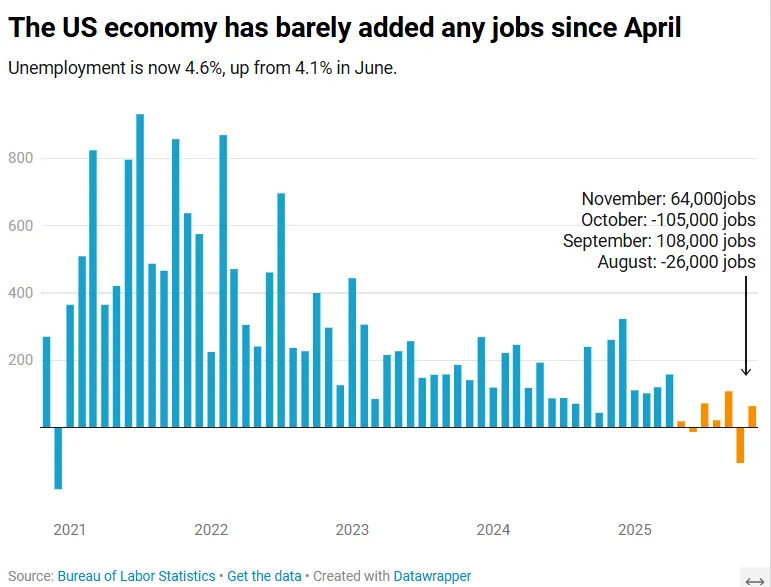

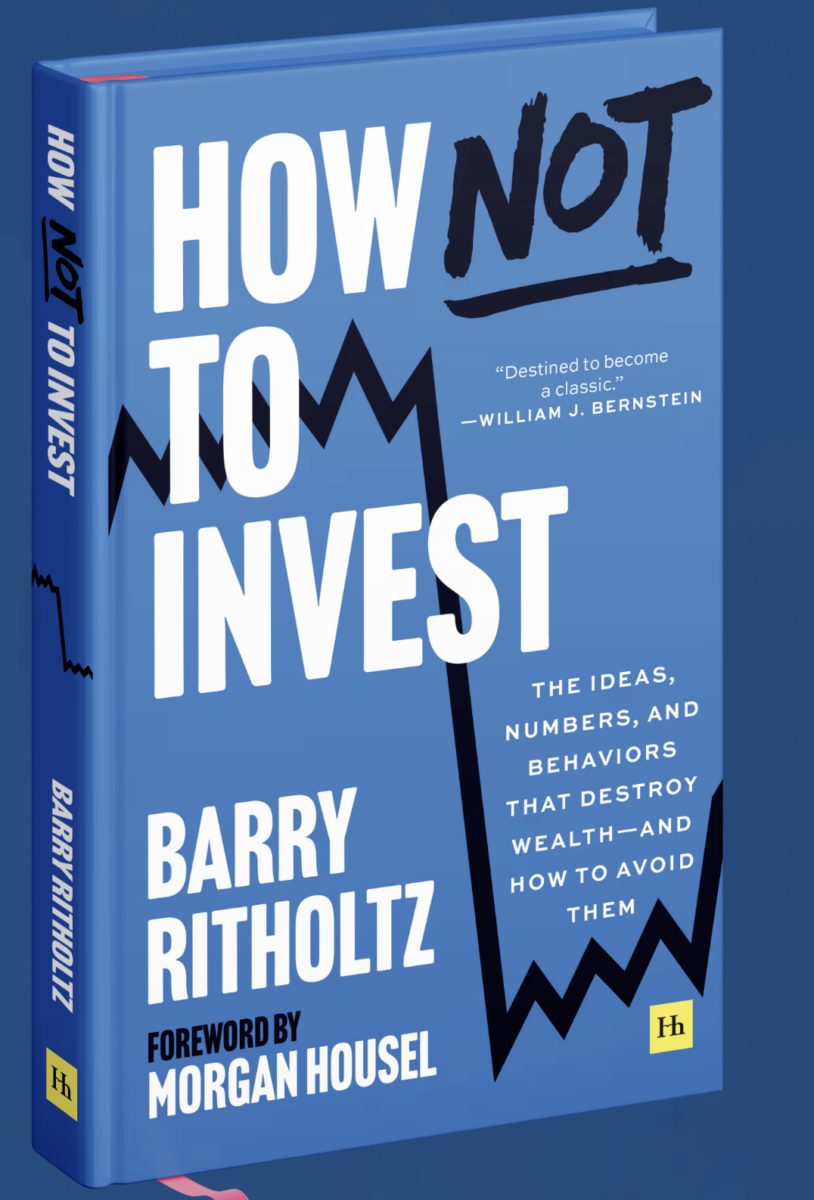
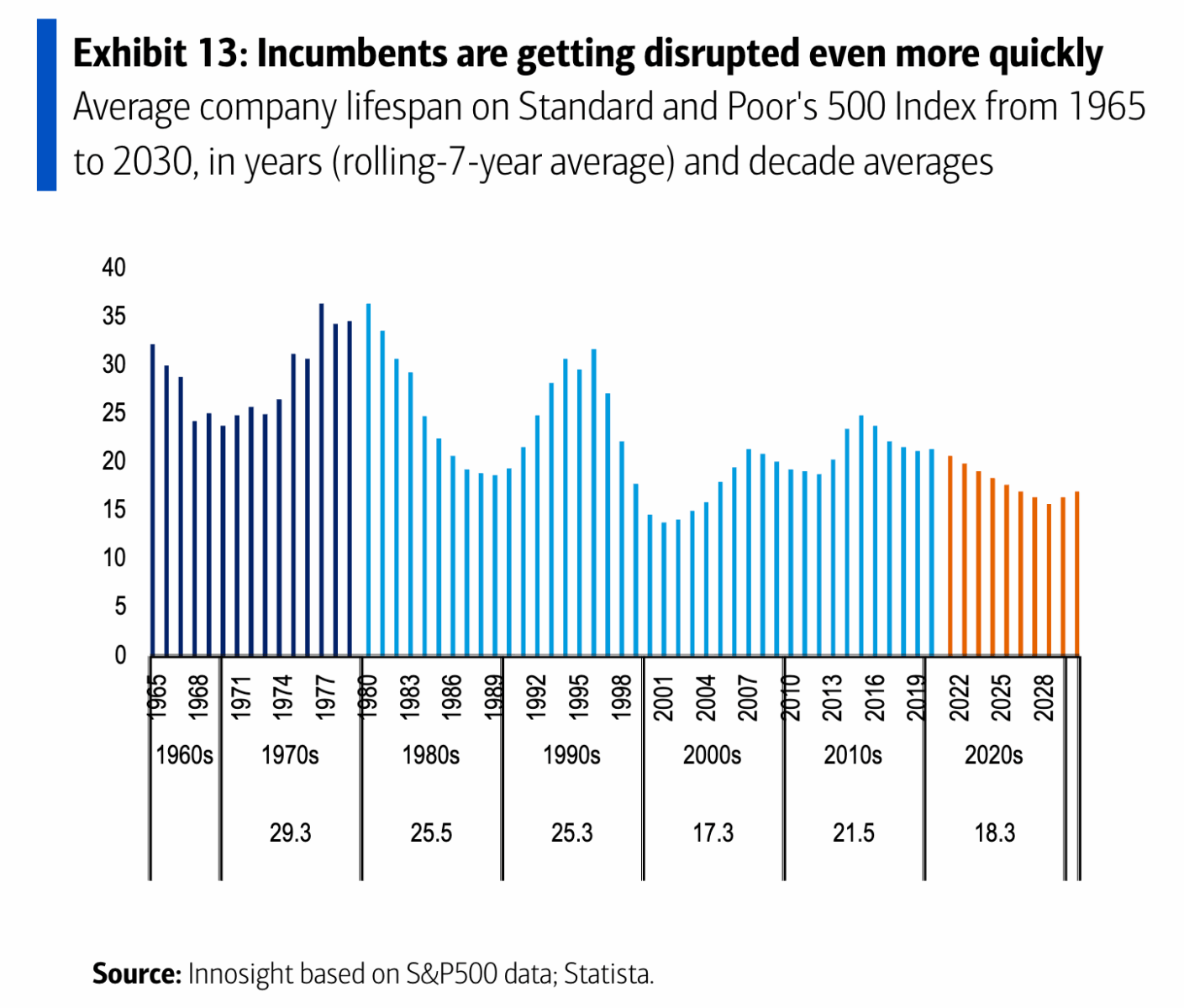
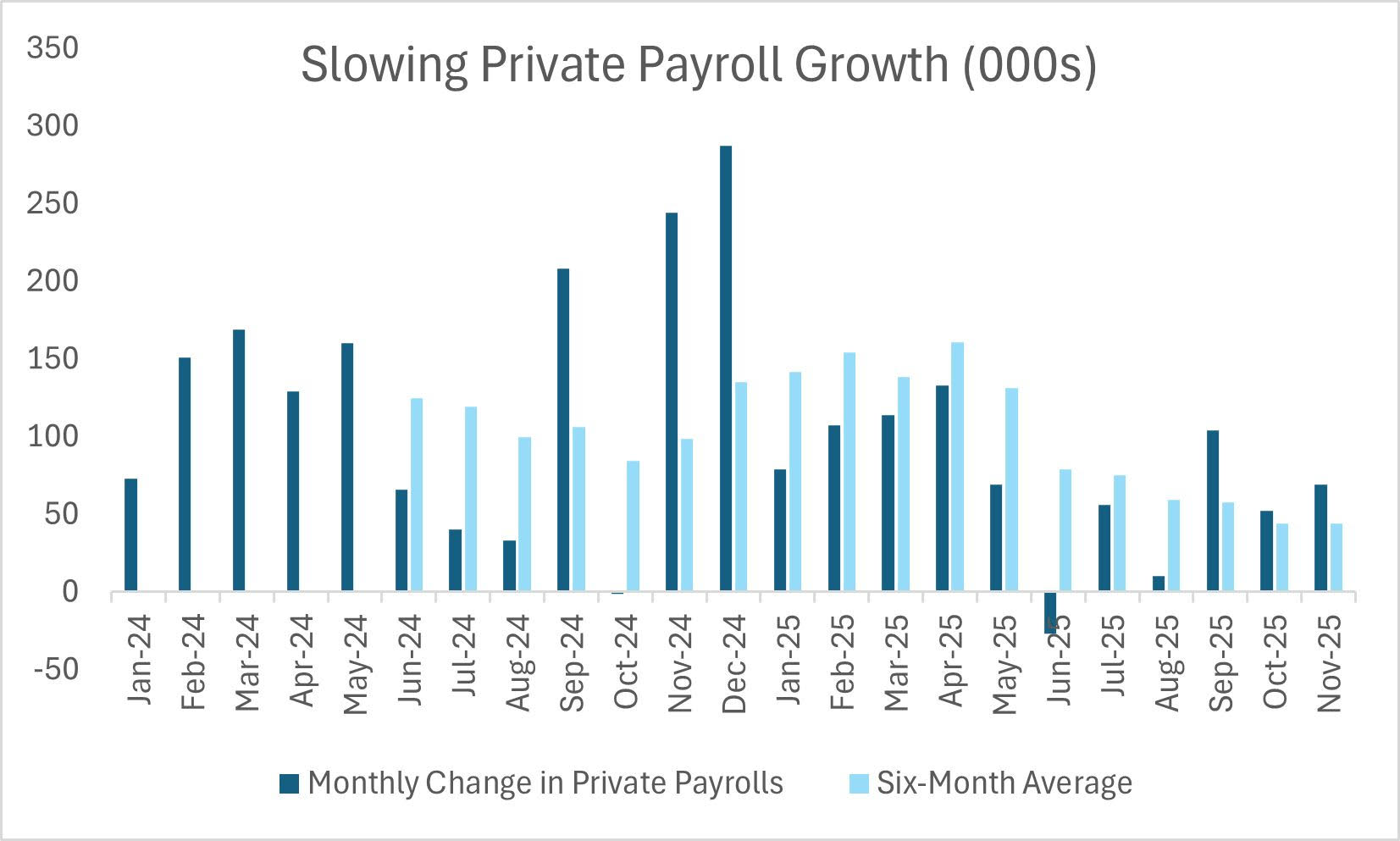
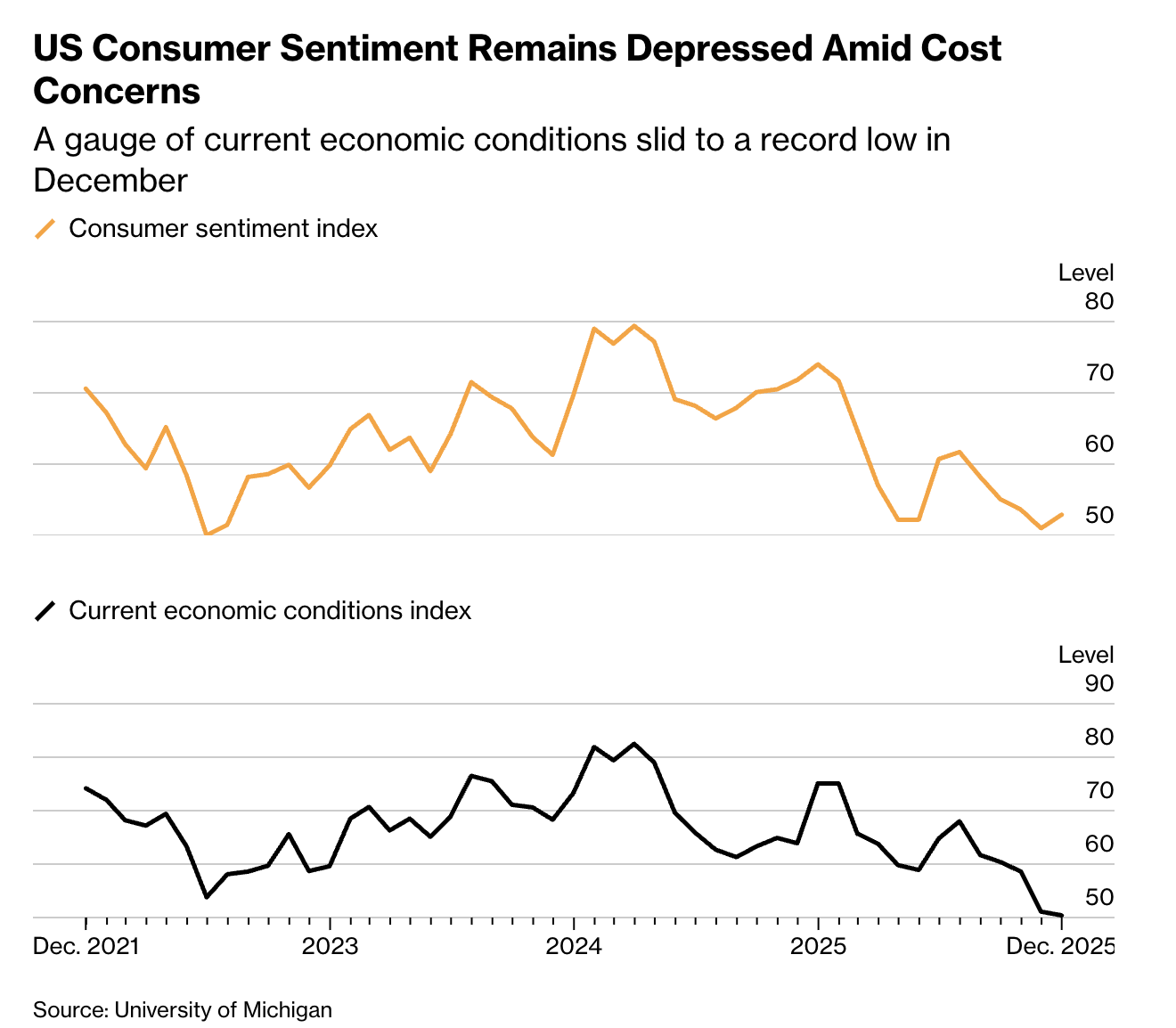
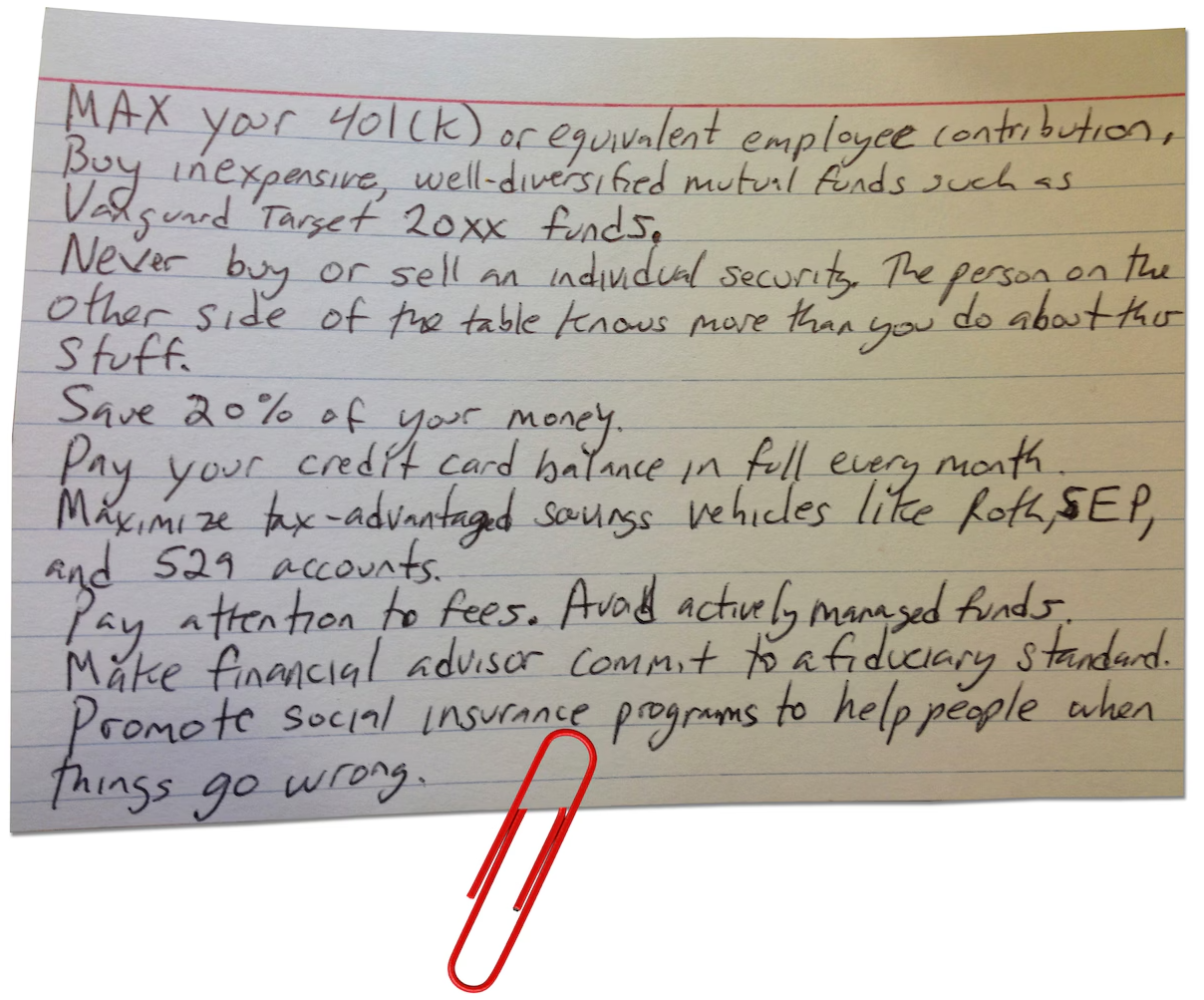
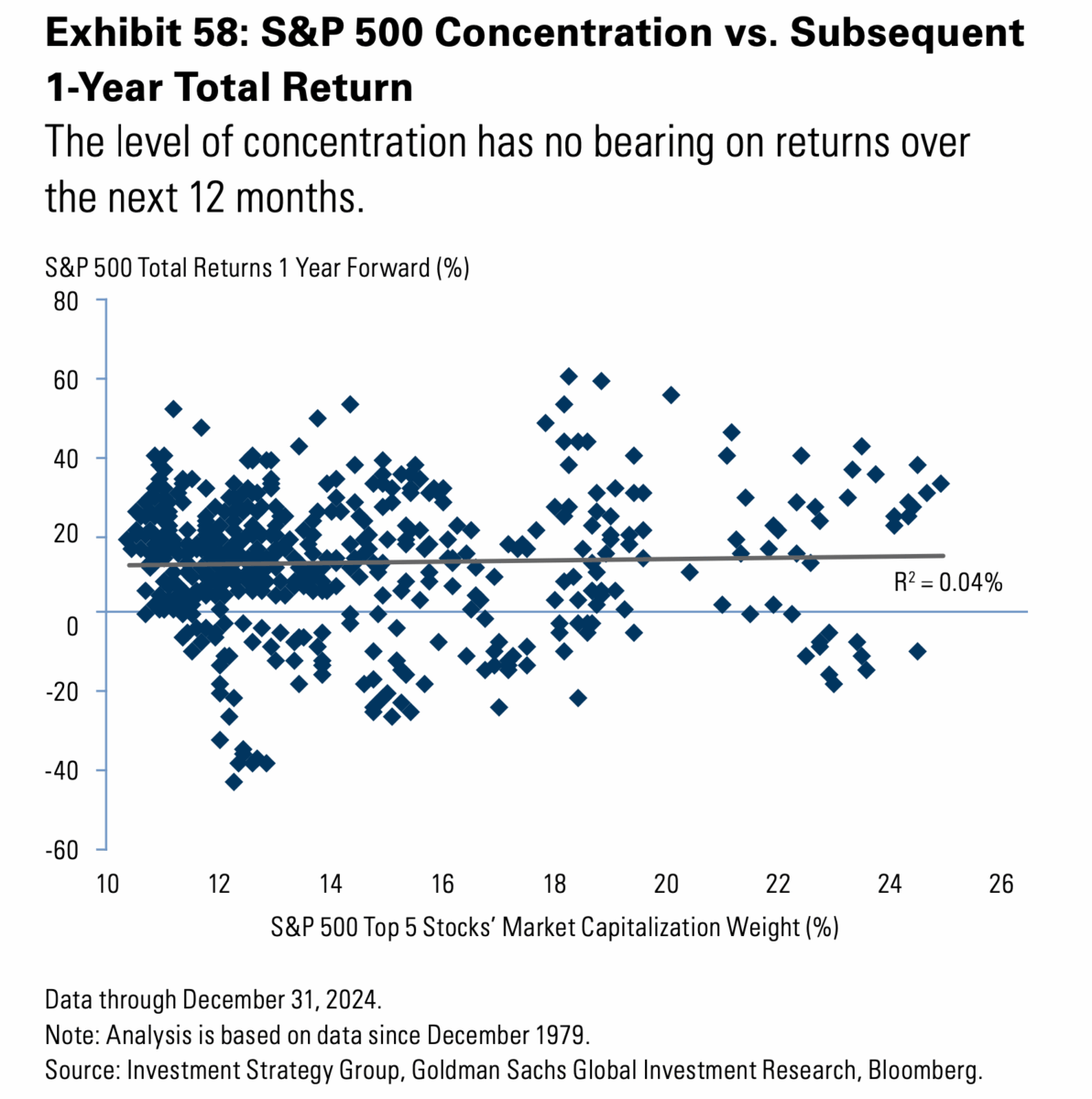

Recent comments